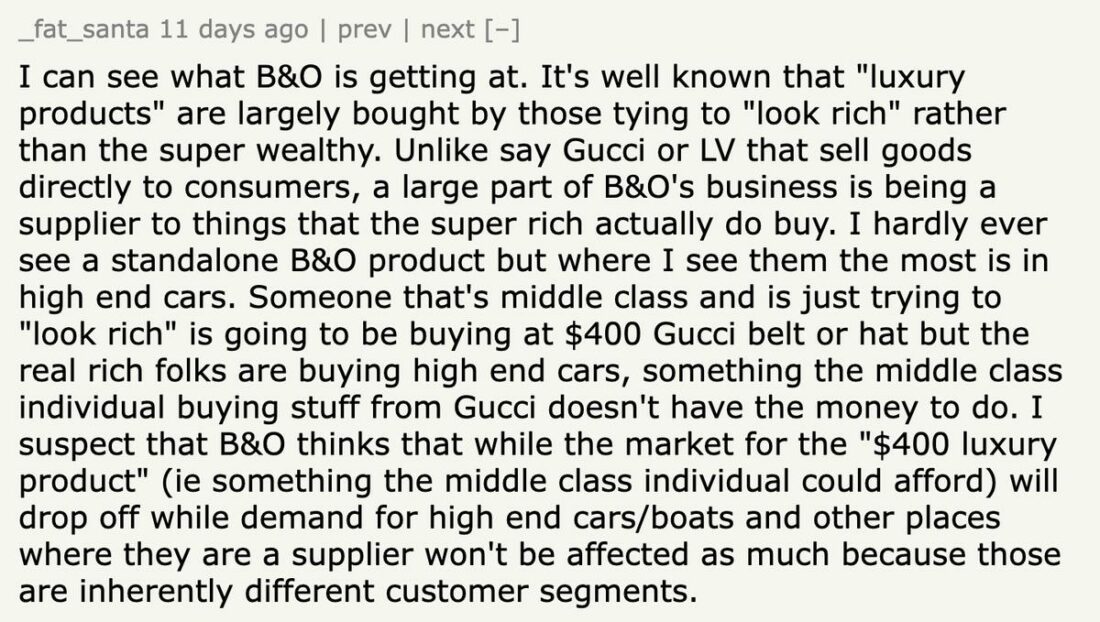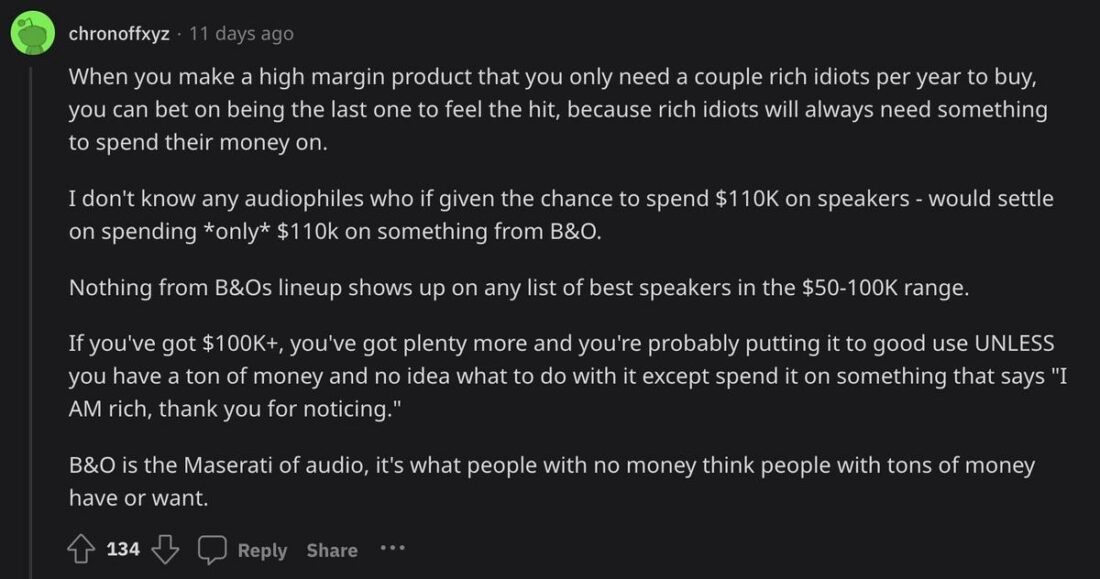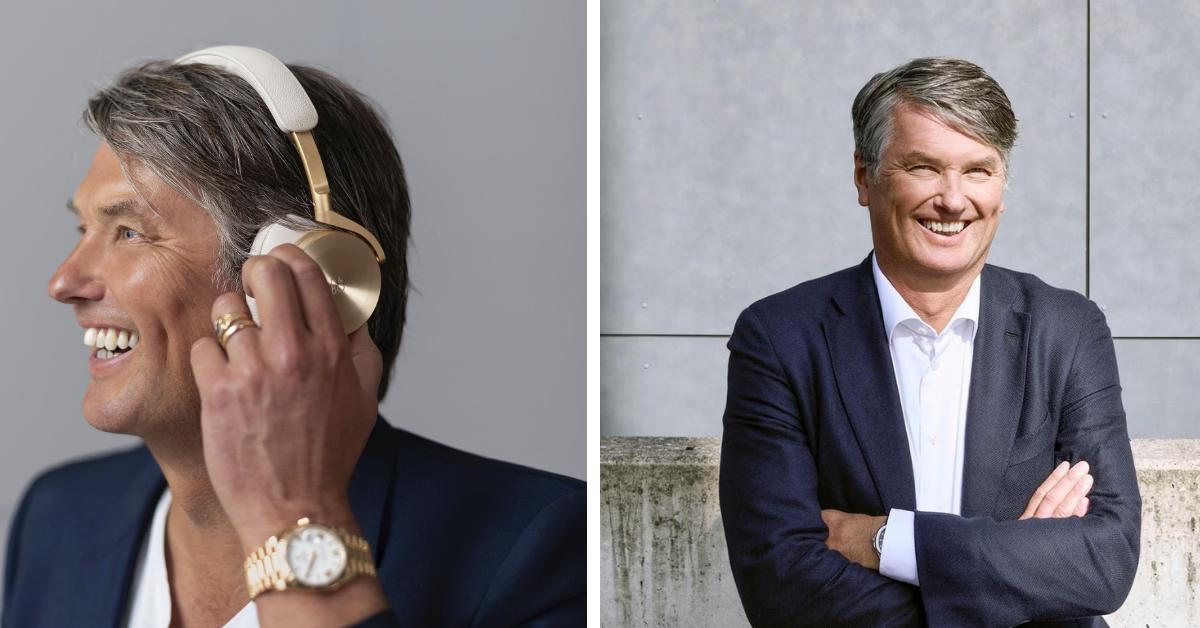Betting on wealthy tech-savvy millennials amidst economic uncertainty
The luxury market is experiencing significant shifts due to the current weak economy.
However, Bang & Olufsen is basing their new company strategy on the belief in the sustained wealth of their target market and that “the rich will only become richer”.
Despite a 7% decrease in revenue last year, Bang & Olufsen remains optimistic, focusing on a niche market seemingly resistant to economic downturns. They are setting their sights on a demographic many in the industry have overlooked – Gen Z and millennials.
The company’s pivot towards Gen Z and millennial consumers aligns with recent trends in the luxury goods market. According to a study by GWI, these younger generations are now the primary drivers of growth in the luxury sector, engaging with high-end brands at an earlier age than their predecessors.
This shift represents a significant change in the traditional luxury consumer demographic, historically dominated by older, wealthier individuals.
Moreover, the luxury consumer base has diversified beyond traditional perceptions. Findings indicate that over half of the luxury market’s audience is now male, and many of these consumers do not fall into the high-income bracket, suggesting a broadening of luxury’s appeal.
This change is notable in Bang & Olufsen’s strategy, reflecting the company’s recognition of a broader, more varied market.
“The reason why we aren’t bigger than we are is because we’ve tried to be everywhere for everybody all the time, and we were struggling. Now the direction is set, the focus is clear, we know what we’re doing, and that’s also why we show good growth in London because we try to serve the customers who we are targeting.” – Kristian Teär
A key aspect of Bang & Olufsen’s strategy is capitalizing on the intersection between luxury and technology. With consumers in the luxury market 45% more likely to purchase new tech products as soon as they become available, the company’s focus on high-end, innovative audio products like the Beolab 90 speakers seems well-placed.
However, some consumers express skepticism about the quality of Bang & Olufsen’s products. Online discussions reveal a mix of dissatisfaction with aspects like Bluetooth connectivity and a perception that the brand’s products may not always meet the high expectations set by their price point.
This sentiment suggests a gap between the brand’s luxury image and the user experience of some of its customers.


Additionally, the debate over the value of Bang & Olufsen’s products and their price highlights a critical aspect of luxury marketing. While some consumers view Bang & Olufsen as a status symbol, others question whether the quality justifies the high prices, indicating a nuanced consumer response to luxury pricing strategies.


As seen above, their bold new strategy is not without its risks. There are inherent concerns about a potential disconnect between luxury brands and the general public’s sentiment during economic hardships.
The perception of luxury consumption in times of widespread financial struggle can be sensitive. Additionally, the sustainability of this niche focus in the long term is questionable, particularly as economic conditions and consumer priorities evolve.

B&O have been selling sub standard but over designed products for 50+ years, why would they change their strategy now when it’s worked for that long?